Published
40 weeks +1
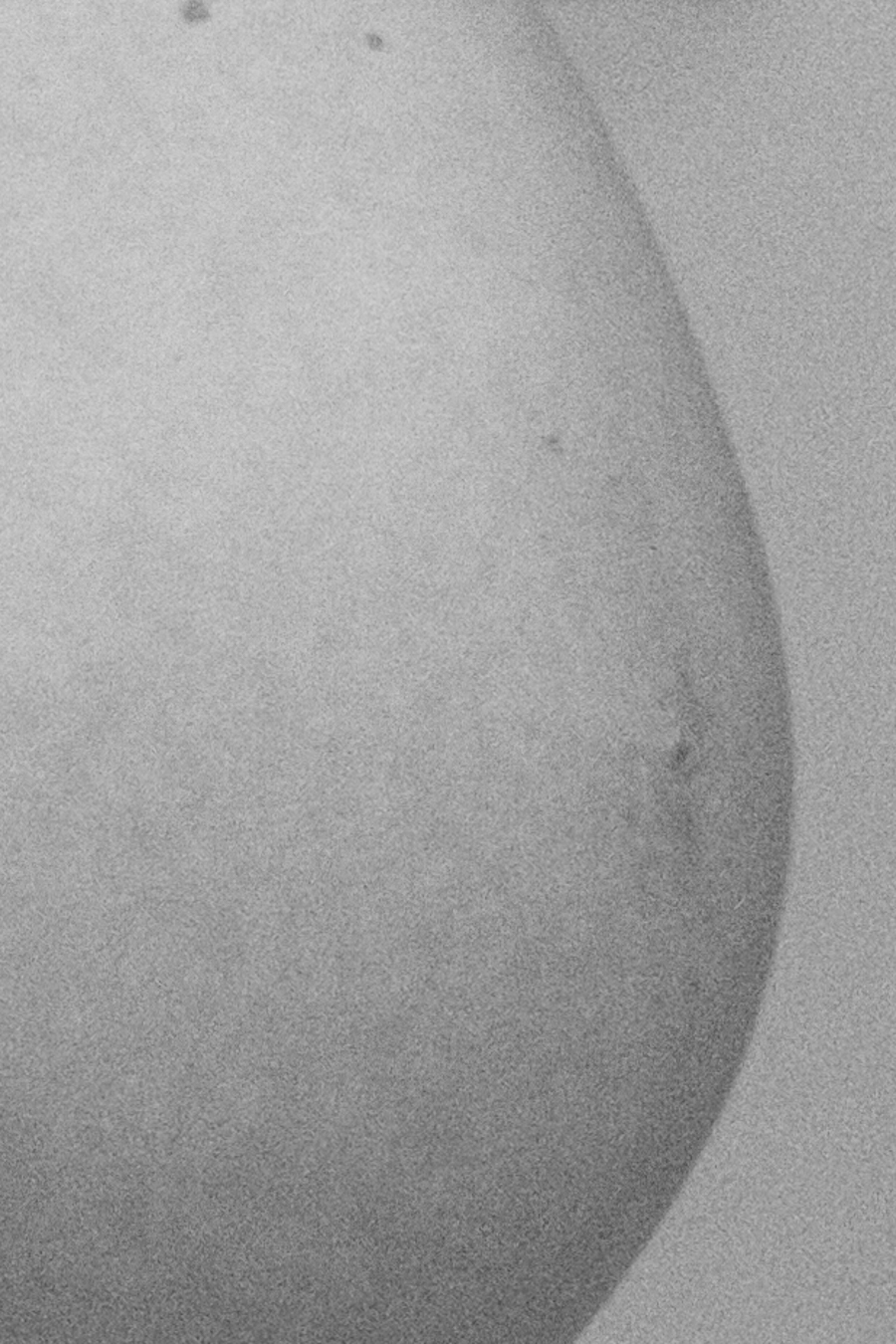
40 weeks +1. Baby, we’re ready for you!
Published

40 weeks +1. Baby, we’re ready for you!
Published
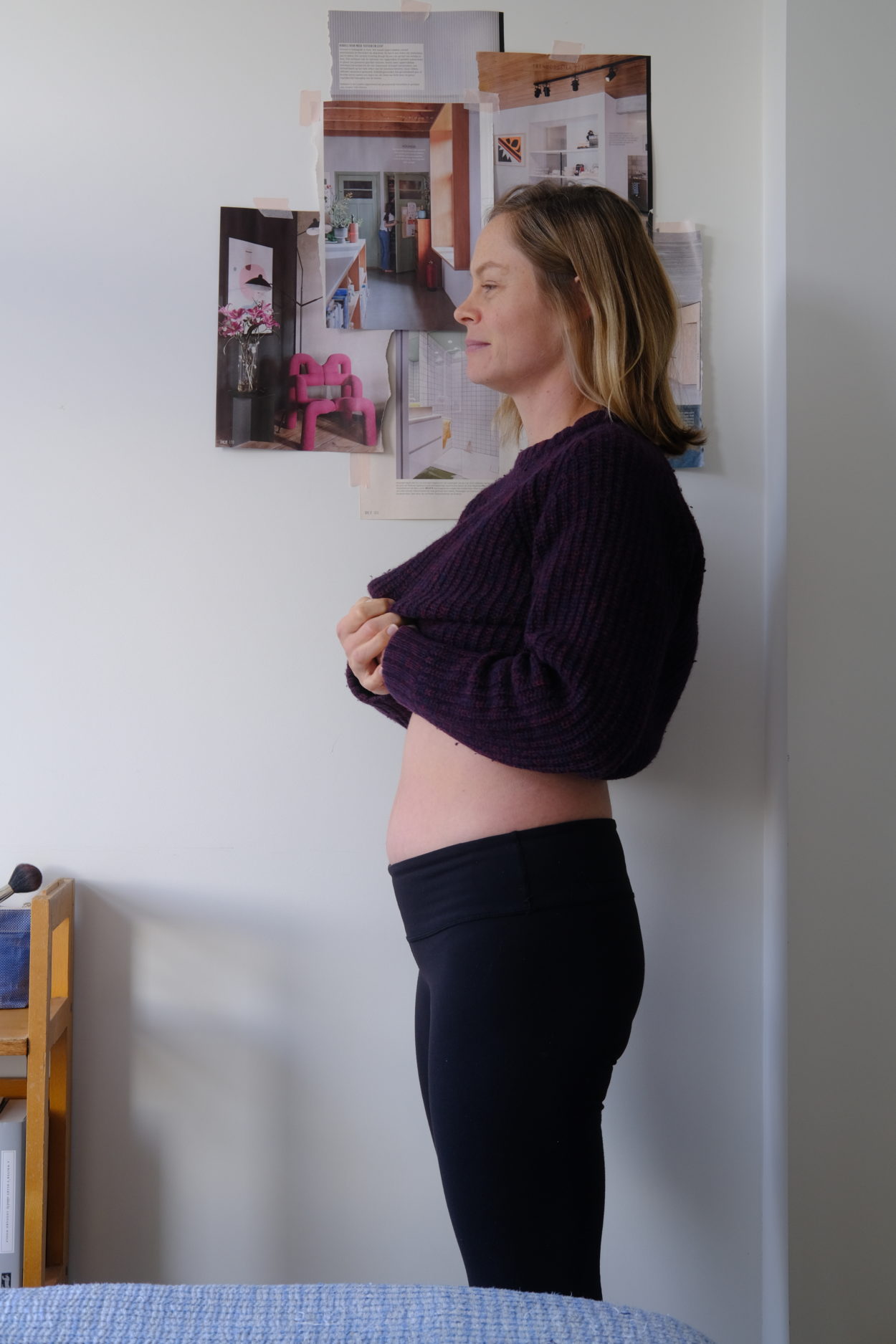
Possibly baby, possibly food belly. Hello, World.
Published

For a kid raised in the humid, sup-tropical climate of Queensland, blankets of fallen leaves only existed in books and films. Come January I’ll have resided in Europe for a decade but the novelty hasn’t worn off.
Published
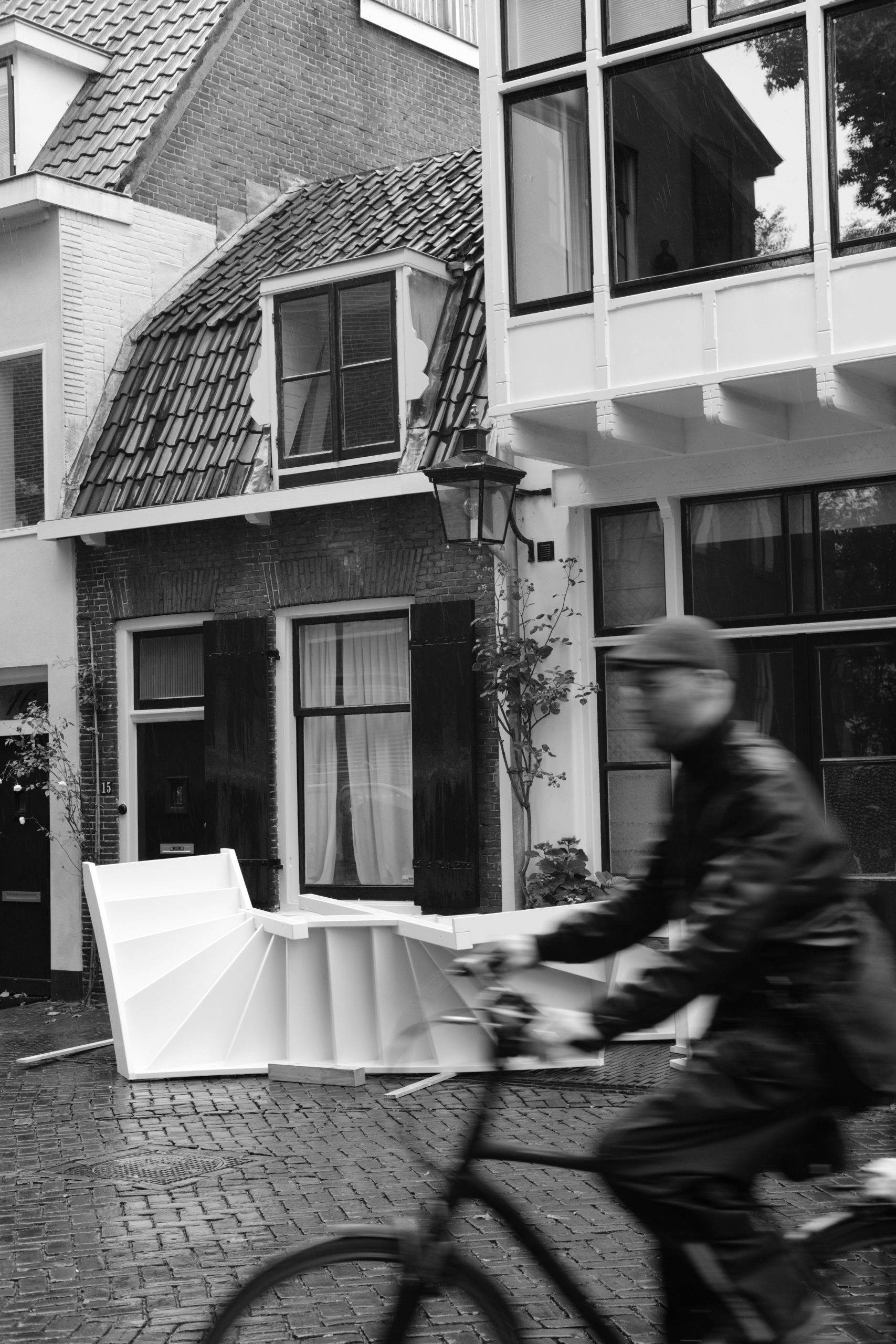
Published
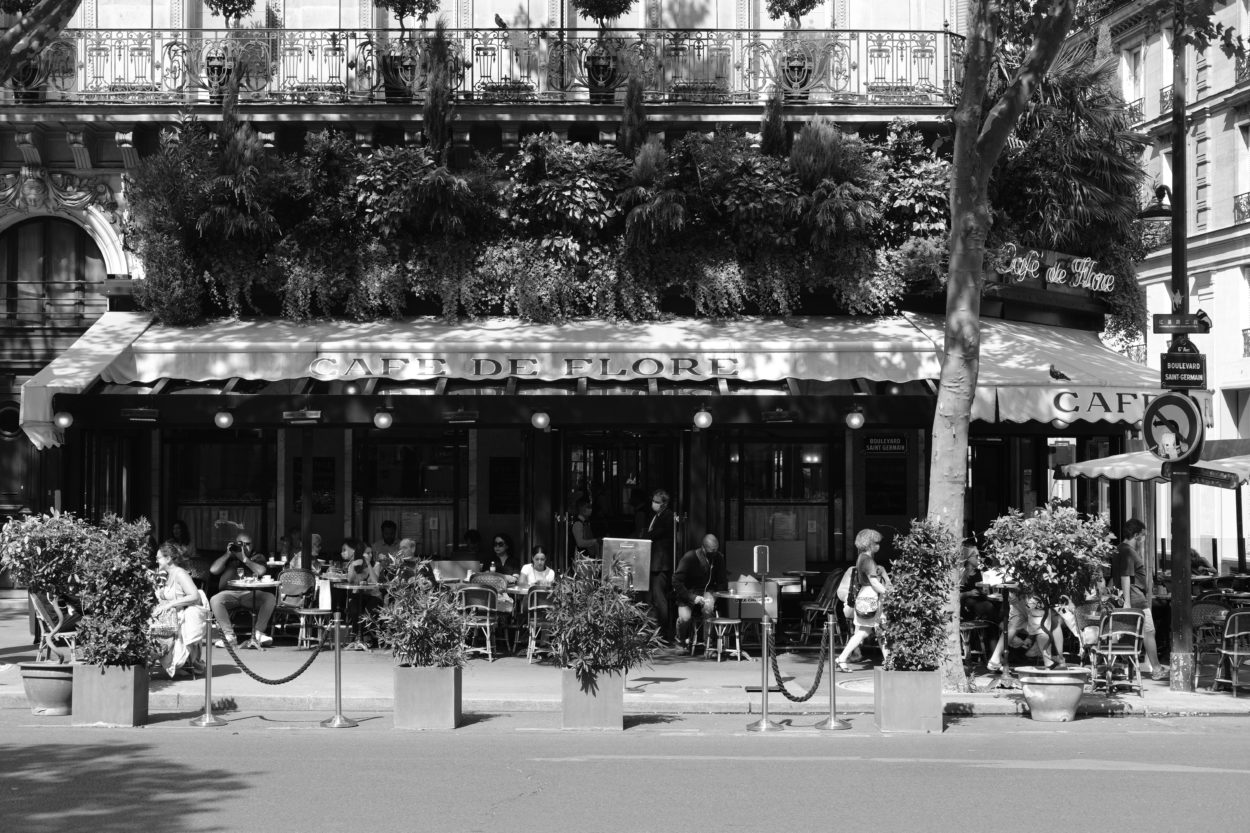
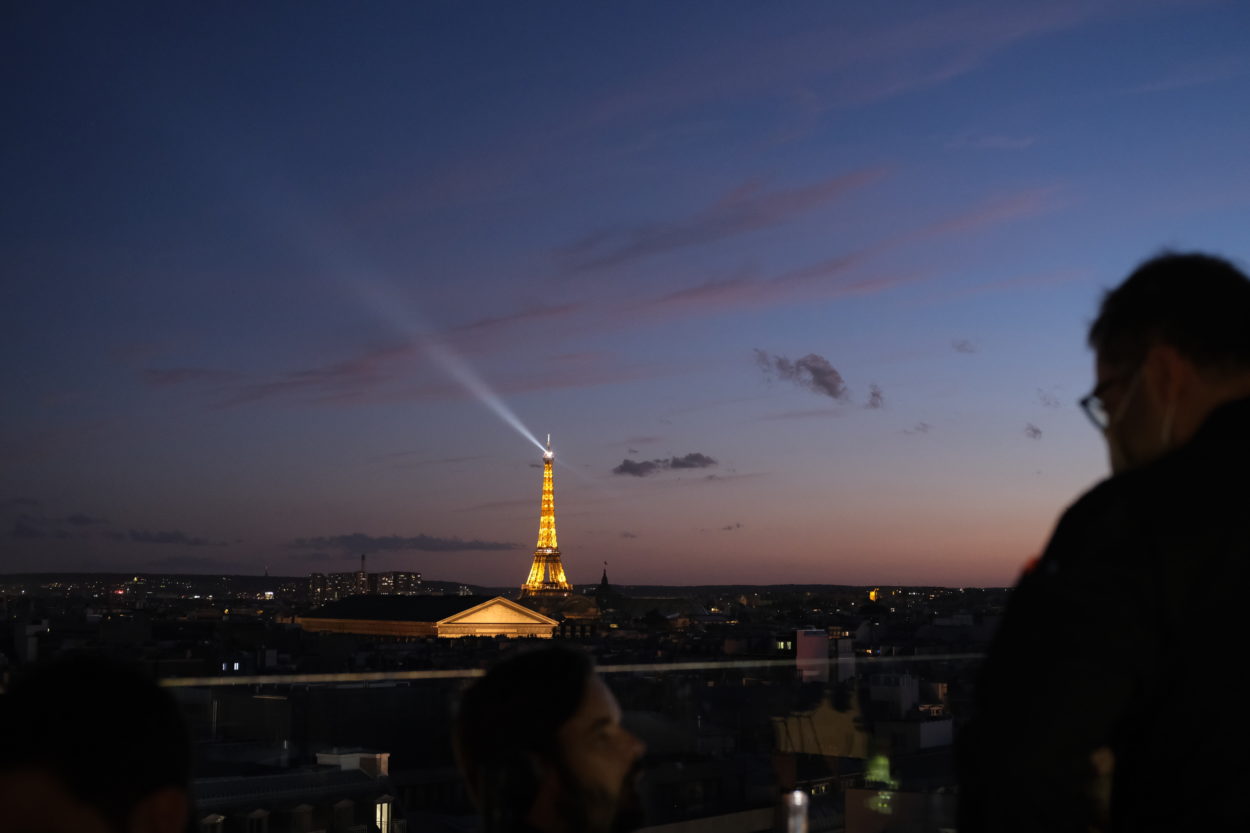
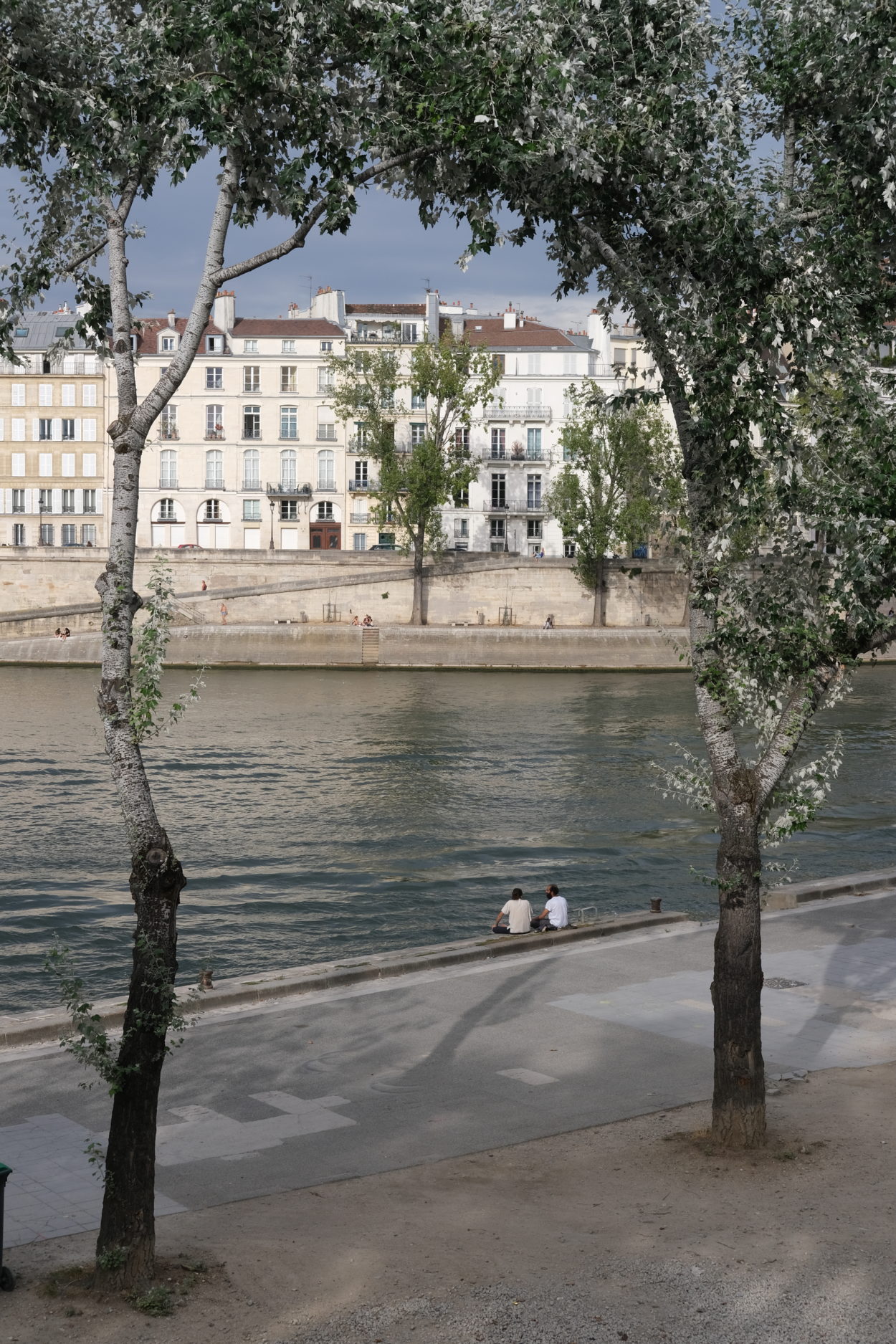
This year MR turned 30. Despite being European by birth he had never been to Paris , so it has been a floating idea of mine for awhile to take him as a surprise, knowing that he would love it.
Somewhere in the summer lockdown restrictions were lifted and ‘travel corridors’ were proposed between European countries with low case counts. I wasn’t sure how long these would last but booked train tickets and a hotel and crossed my fingers. Naturally, a week before we were due to travel, France was added to the UK’s quarantine list. After MR unwrapped the Paris guidebook I’d given him (the trip ‘unveiling’) we weighed up whether to proceed or postpone and finally opted to go.
No regrets. The trip was a little stifled – Paris restrictions mandated masks in indoor and outdoor spaces, and quite a few businesses were closed – but on the upside we were treated to a near empty city.
Day one we tackled the tourist landmarks, the Arc de Triomphe and La tour Eiffel, with an unanticipated stop at Galeries Lafayette Champs-Élysées where MR bought a dress shirt for our marriage ceremony. Late afternoon we headed back to our luxe room at the Hôtel des Grands Boulevards armed with Carrefour bites to form a makeshift private dinner on our courtyard-facing balcony. The buzz of the open-roofed restaurant below was welcome company.
Day two we wandered Le Marais, first revelling and later struggling in the 32°c heat. After a rest in our hotel we set out toward the lively streets of Canal Saint-Martin for dinner, eventually finding an outdoor table at Le Verre Volé where we sat ’til late drinking natural wine in the balmy evening air.
Day three MR led us to the Musée de l’Orangerie to be overwhelmed by Monet’s Nymphéas. The temperature had cooled and the weather was dreamy. Crossing the Seine, we stopped at Les Antiquaires for breakfast on the terrace before heading on to Le Bon Marché in Saint-Germain-des-Prés. At Hermès MR picked out a tie, generously gifted by AJ and CJ, for our marriage ceremony. After refilling on melon and ham at (the) Café de Flore we picked up a bottle of Mumm to drink at Pont Neuf as the sun set. Our final evening was spent at the rooftop restaurant Tortuga, with views across Paris.
Day four, due to head home, we awoke early to wander up to the Sacré-Cœur in Montmartre. Feeling completely indulged and extremely grateful we returned to London to start our 14 day quarantine.
Conclusion: MR loooves Paris ? and I concur. The city is aptly referred to as La Ville Lumière for its significance during the Enlightenment but also because it was one of the first large European cities to use gas street lighting on a grand scale. But to me, the City of Light, is an expression of how the stone buildings and blonde gravel illuminate when the sun appears, creating an architectural soft box for the city’s well-dressed.
Published
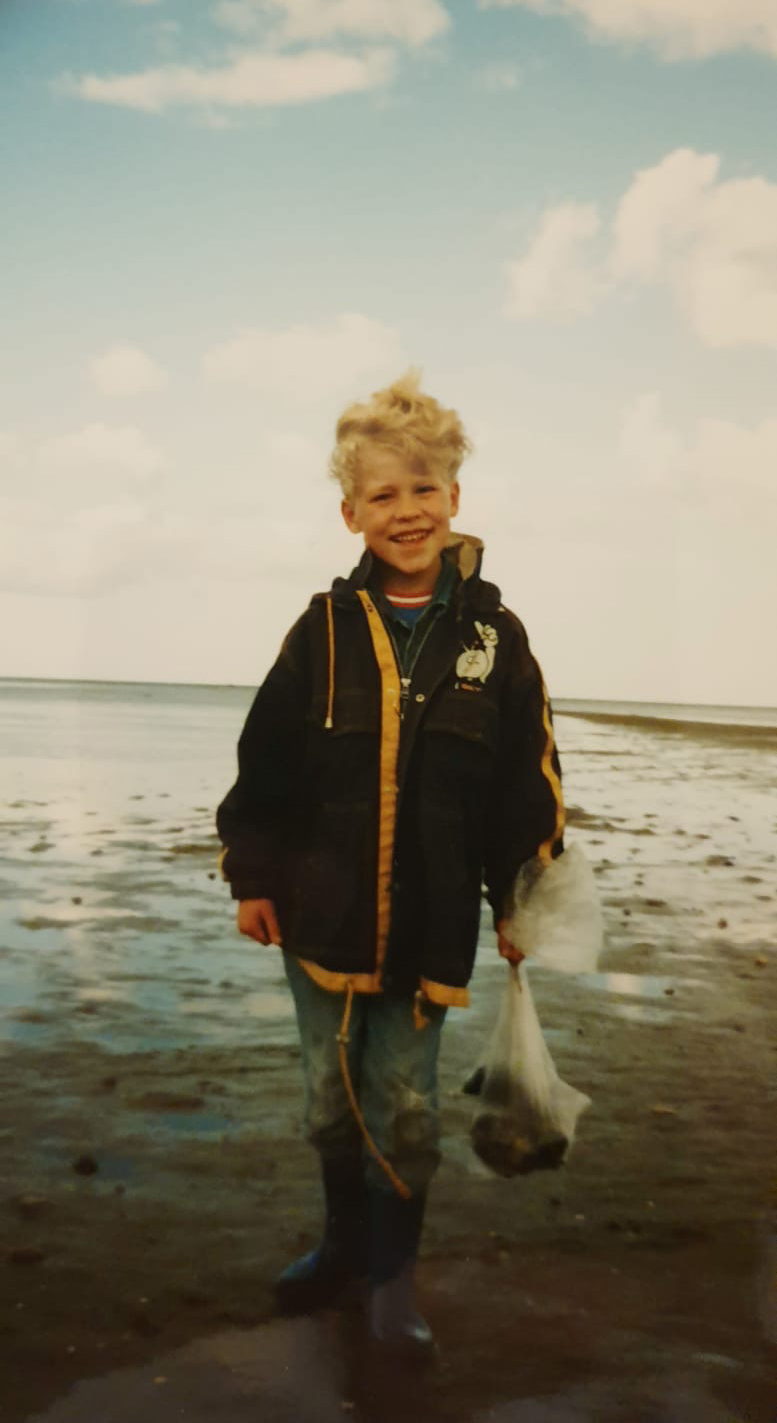
Happiest of birthdays to my love, MR, who always lives in the present <3
Published
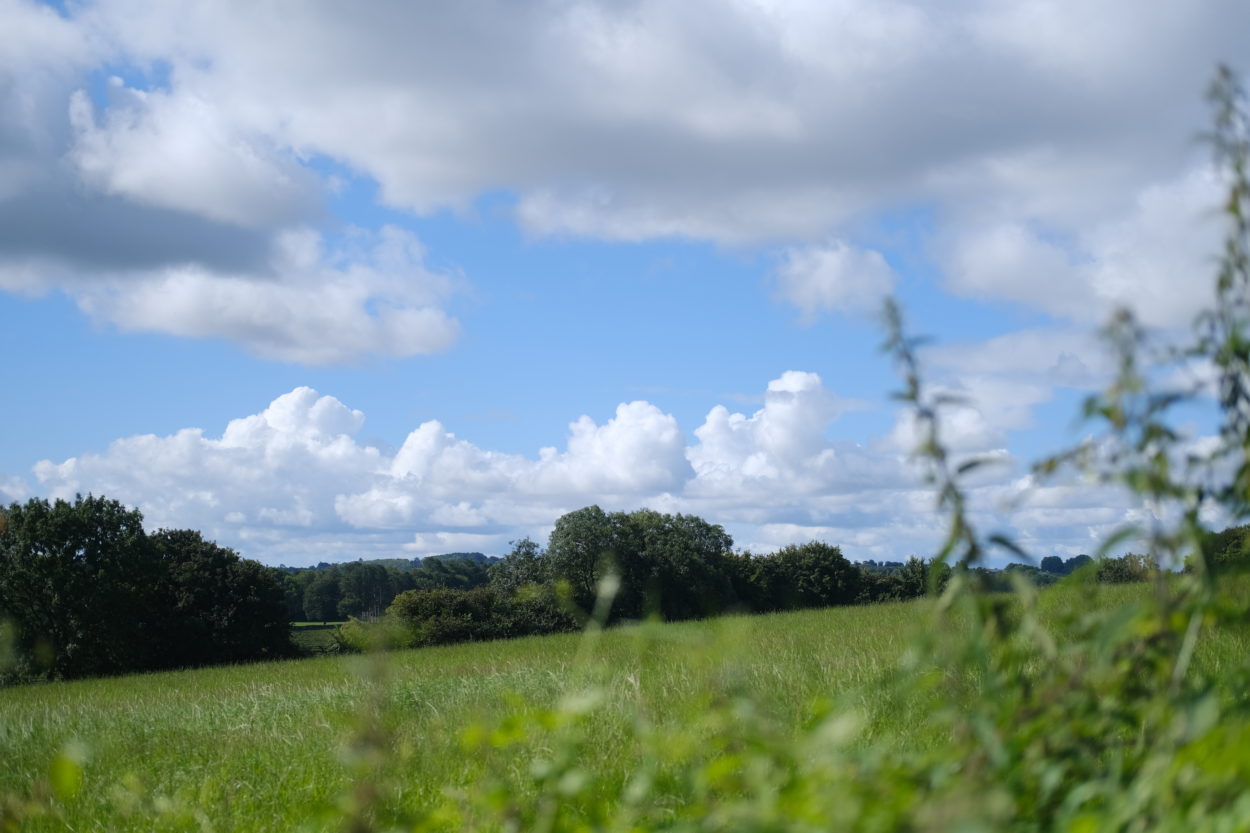


A loop walk from Bruton, early August.
Published
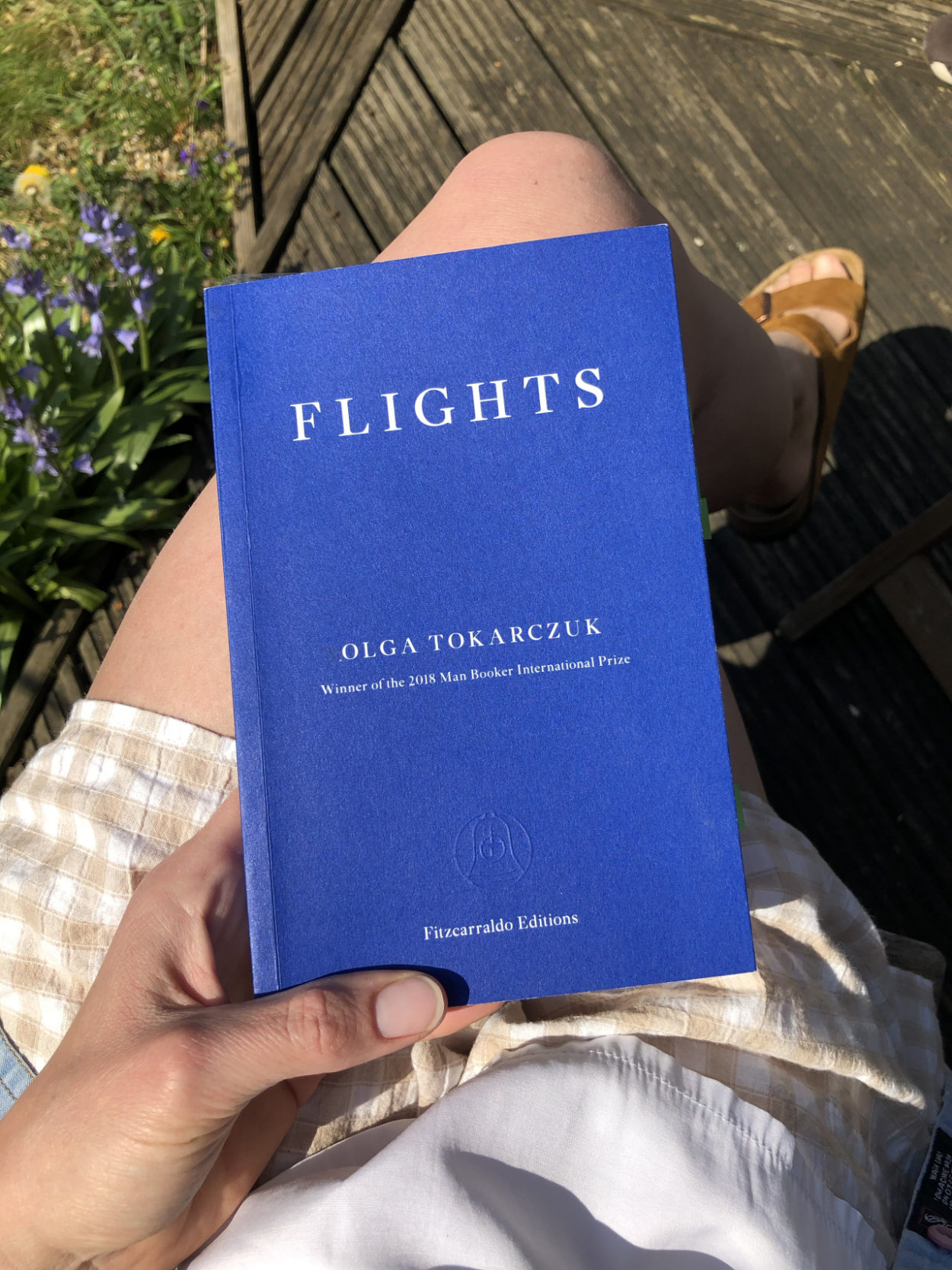
Flights by Olga Tokarczuk
Published

I was re-shelving returns during my first shift at the library, earlier in the year, when a particular dewey decimal code led me to the location of Naomi Klein’s No Logo. Feeling compelled, I duly swapped one book for another.
It’s been twenty years since this book was first published, so it doesn’t shock in the way I imagine it once did. Yet its basic tenets are still relevant – the rise of corporate branding since the 80s has seen the hijacking of the public domain, co-optation of culture and community, the duplicity of ‘choice’ as conglomerates dominate, and the outsourcing of employment and along with it risk, responsibility and rights – no space, no choice, no jobs.
In response to the book, The Economist titled its September 8th, 2001, issue ‘Pro Logo: Why brands are good for you’ and ran its lead story ‘Who’s wearing the trousers?’. As its title suggests, the article argues that in our increasingly competitive brandscape consumers hold the power, “Brands fall from grace and newer, nimbler ones replace them”.
While it is true that we ‘vote’ through our purchases, it can be difficult to align our ‘vote’ with our values, without the full picture. ‘Brand’ is always an edited narrative, which can be as much about concealment as it is about articulation. From the context of lockdown, it has been a relief to escape the noise. In the Brave New World we have the opportunity to rebuild when we emerge, I would hope for two things:
Published
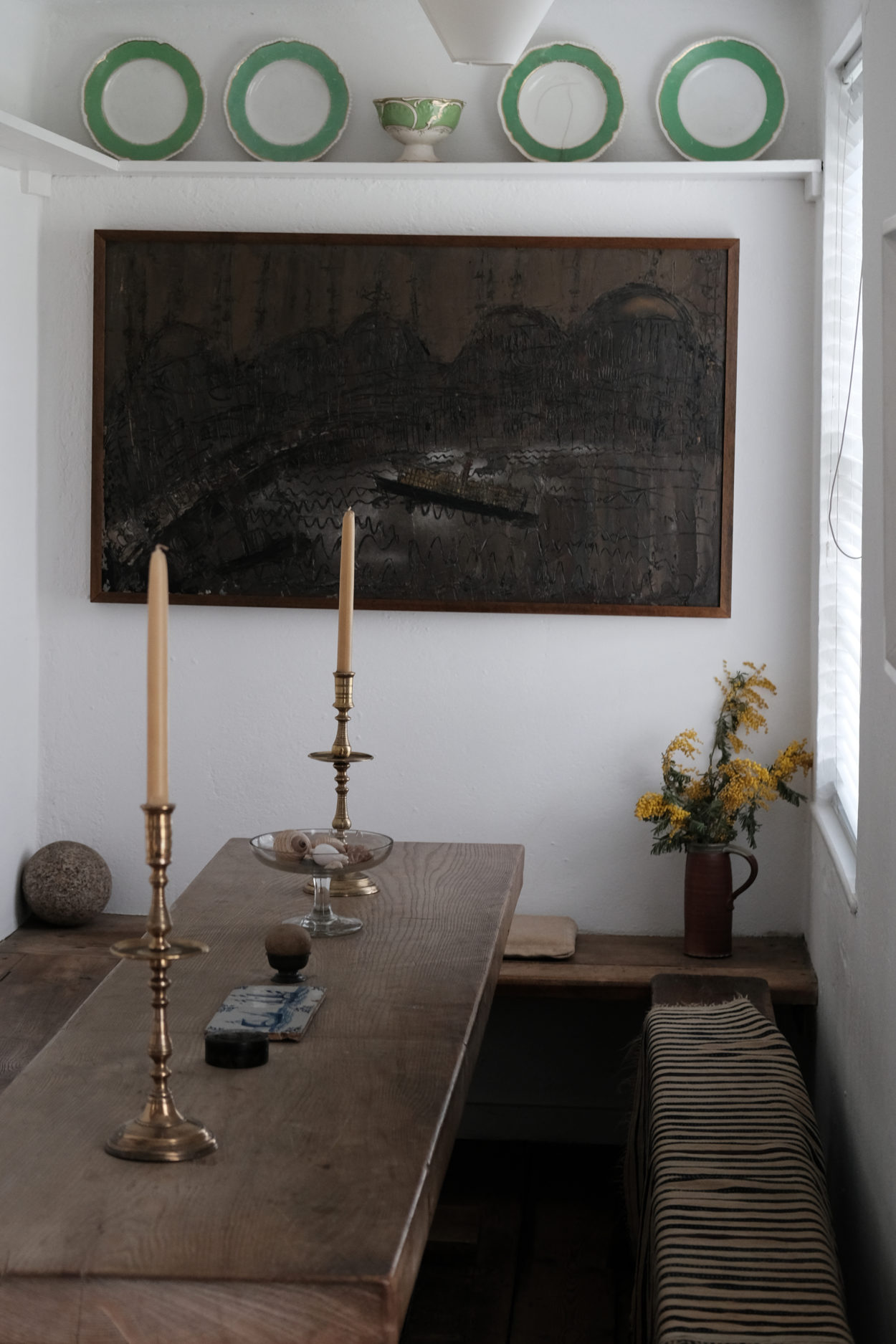

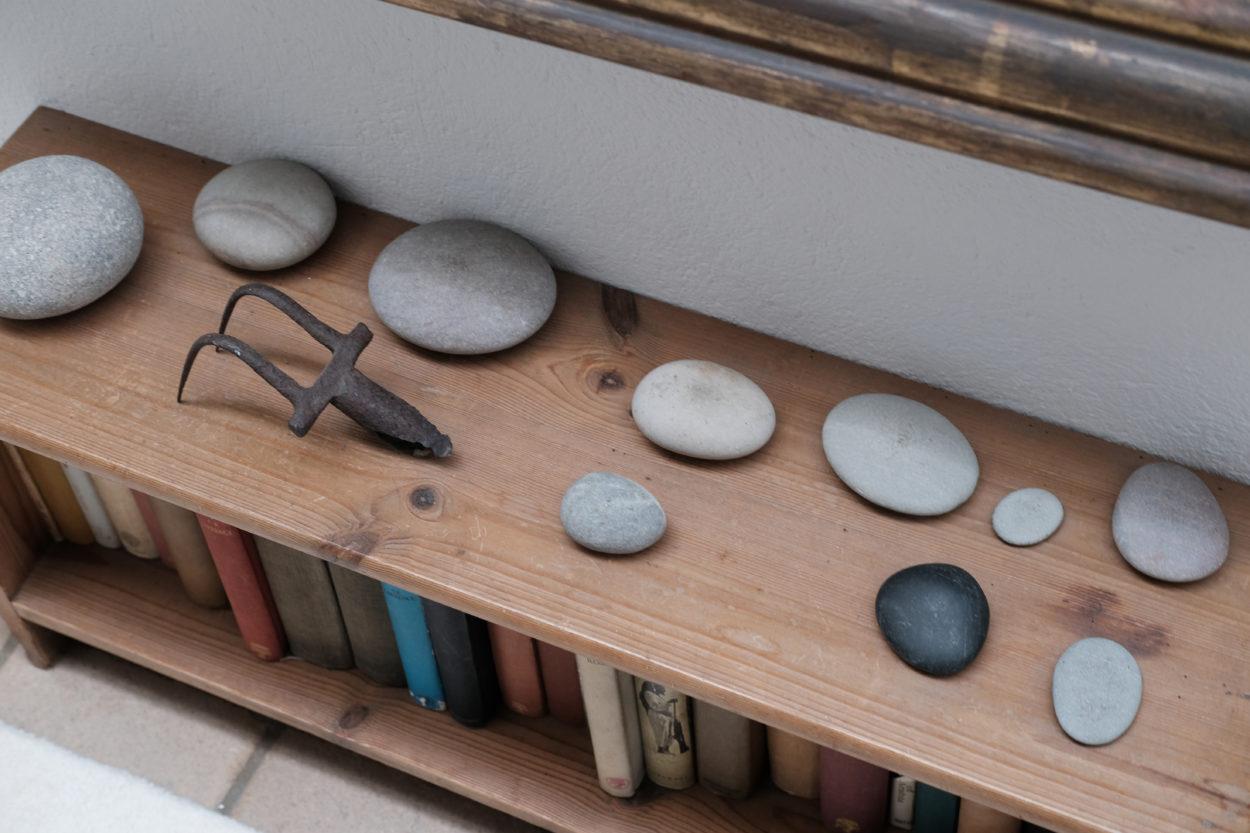
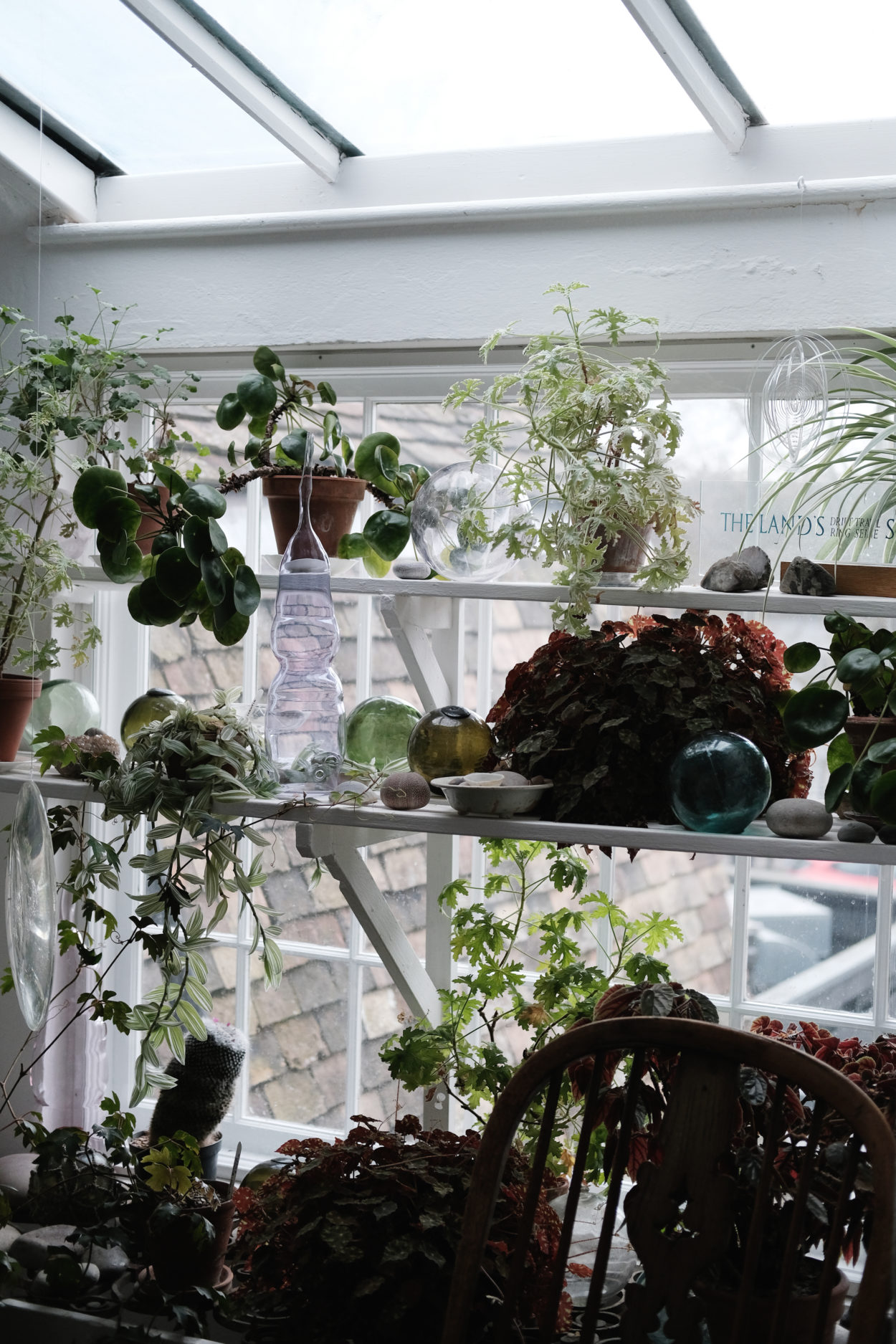
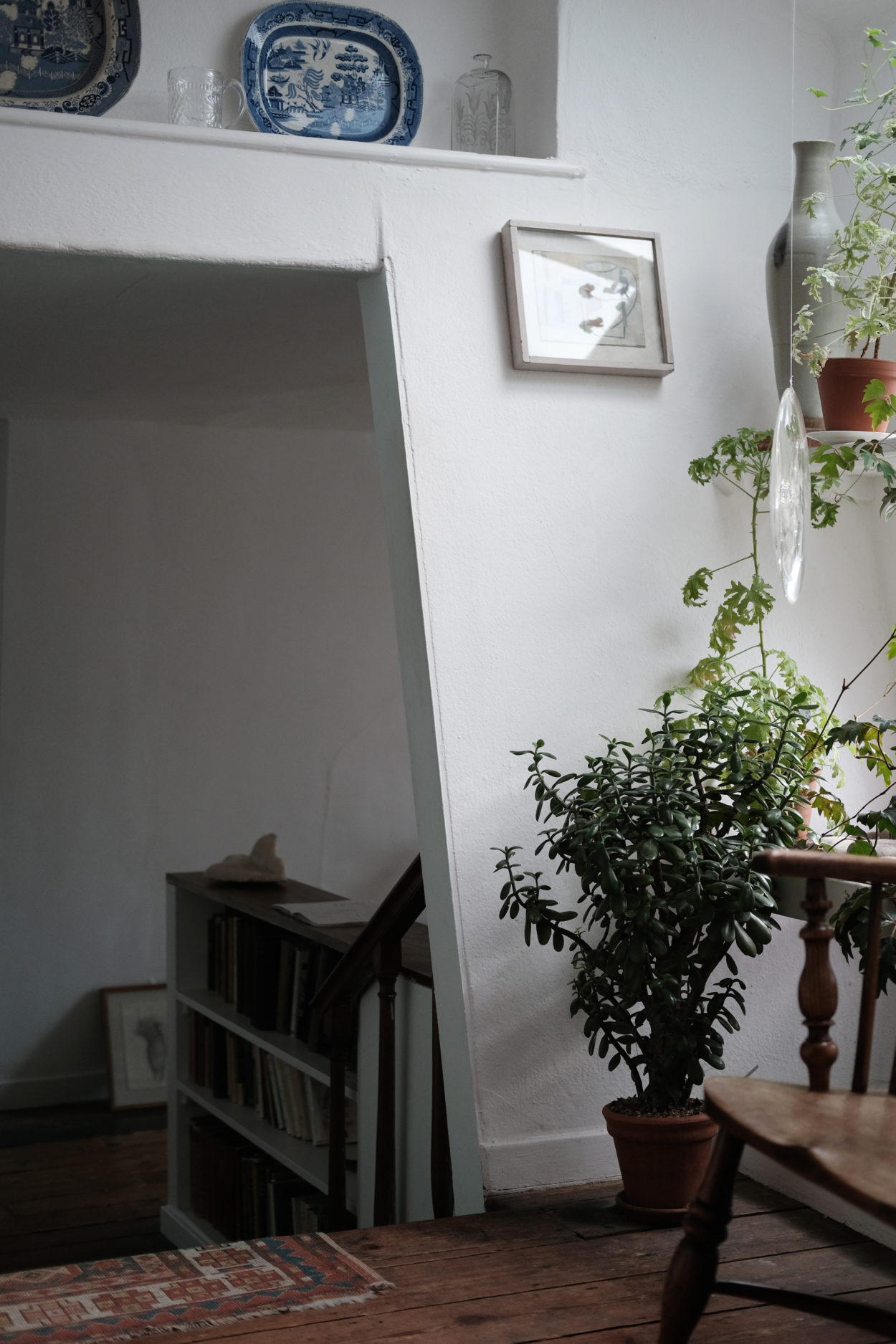
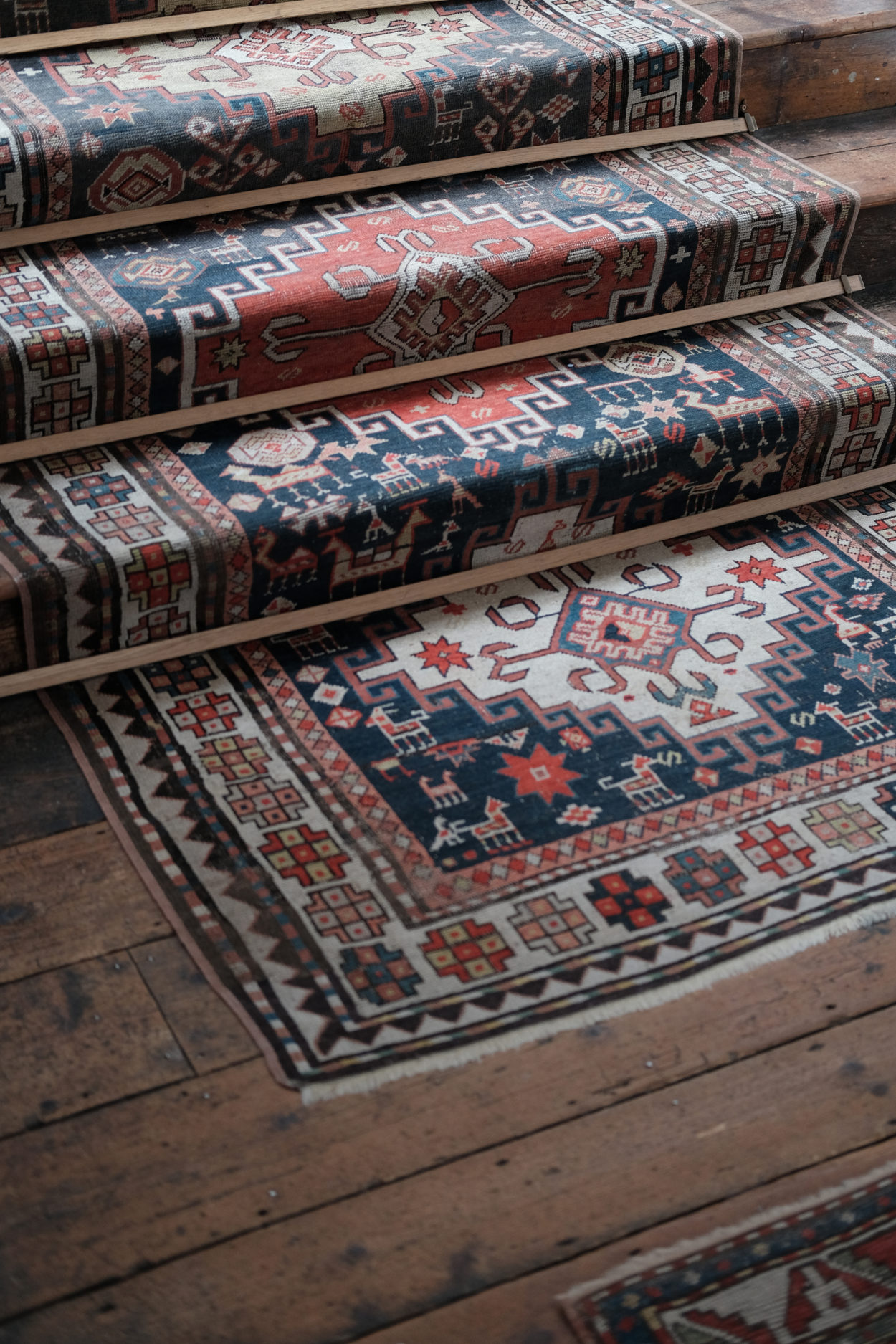

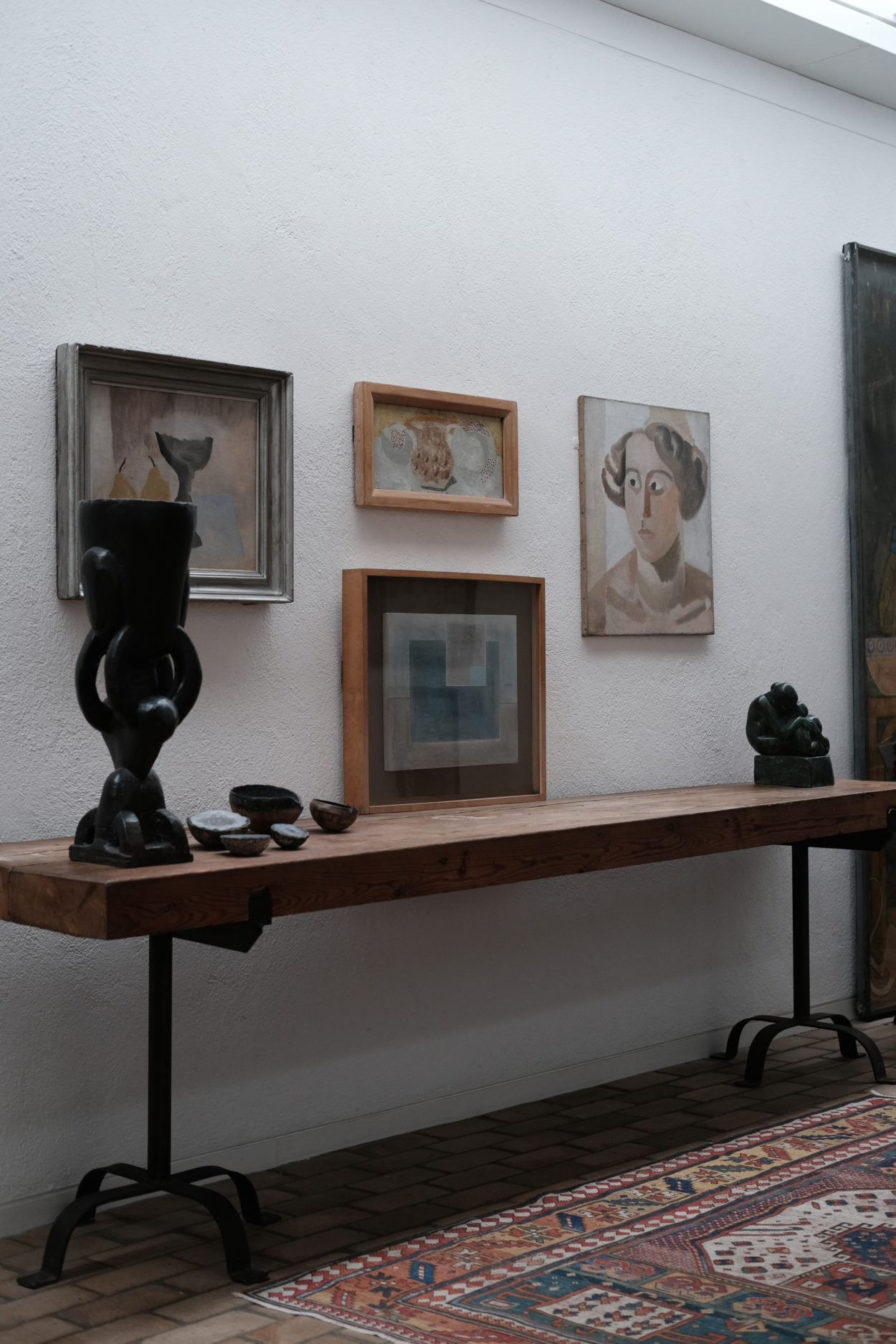
MR took me to Kettle’s Yard for my birthday ? without either of us knowing too much about it. I had seen the identity developed by Apfel, and our landlord Nina had mentioned it. Excerpts on its history from the website below.
Between 1958 and 1973 Kettle’s Yard was the home of Jim and Helen Ede. In the 1920s and 30s Jim had been a curator at the Tate Gallery in London. Thanks to his friendships with artists and other like-minded people, over the years he gathered a remarkable collection, including paintings by Ben and Winifred Nicholson, Alfred Wallis, Christopher Wood, David Jones and Joan Miró, as well as sculptures by Henri Gaudier-Brzeska, Constantin Brancusi, Henry Moore and Barbara Hepworth.
At Kettle’s Yard Jim carefully positioned these artworks alongside furniture, glass, ceramics and natural objects, with the aim of creating a harmonic whole. His vision was of a place that should not be
“an art gallery or museum, nor … simply a collection of works of art reflecting my taste or the taste of a given period. It is, rather, a continuing way of life from these last fifty years, in which stray objects, stones, glass, pictures, sculpture, in light and in space, have been used to make manifest the underlying stability.”
Kettle’s Yard was originally conceived with students in mind. Jim kept ‘open house’ every afternoon of term, personally guiding visitors around his home. In 1966 he gave the House and its contents to the University of Cambridge. In 1970, three years before the Edes retired to Edinburgh, the House was extended, and an exhibition gallery added. The House is by and large as Jim left it. There are artworks in every corner, and there are no labels.